Unmasking the SVG Threat: How Hackers Use Vector Graphics for Phishing Attacks
NetmanageIT OpenCTI - opencti.netmanageit.com

SUMMARY :
Attackers are exploiting Scalable Vector Graphics (SVG) files to execute sophisticated phishing attacks. SVGs, typically used for scalable images, can contain embedded JavaScript that executes when opened in a browser. The attack chain involves sending SVG attachments via spear-phishing emails or cloud storage links. When opened, the SVG file launches in the default web browser, allowing embedded scripts to execute and redirect victims to phishing sites mimicking trusted services. The attackers use deceptive subject lines and innocuous-looking attachment names to avoid suspicion. The SVG contains encrypted malicious code that, when decrypted, redirects to a phishing site protected by a Cloudflare CAPTCHA gate. Organizations are advised to implement deep content inspection, disable automatic SVG rendering, educate employees, and monitor for unusual redirects and script activity.
OPENCTI LABELS :
phishing,credential theft,javascript,captcha,svg,email attachments,cloud storage,browser execution
Open in NetmanageIT OpenCTI Public Instance with below link!
Use public read only username and password on login page.
NOTE : Use Public READ only user credentials on login page banner.
Unmasking the SVG Threat: How Hackers Use Vector Graphics for Phishing Attacks


